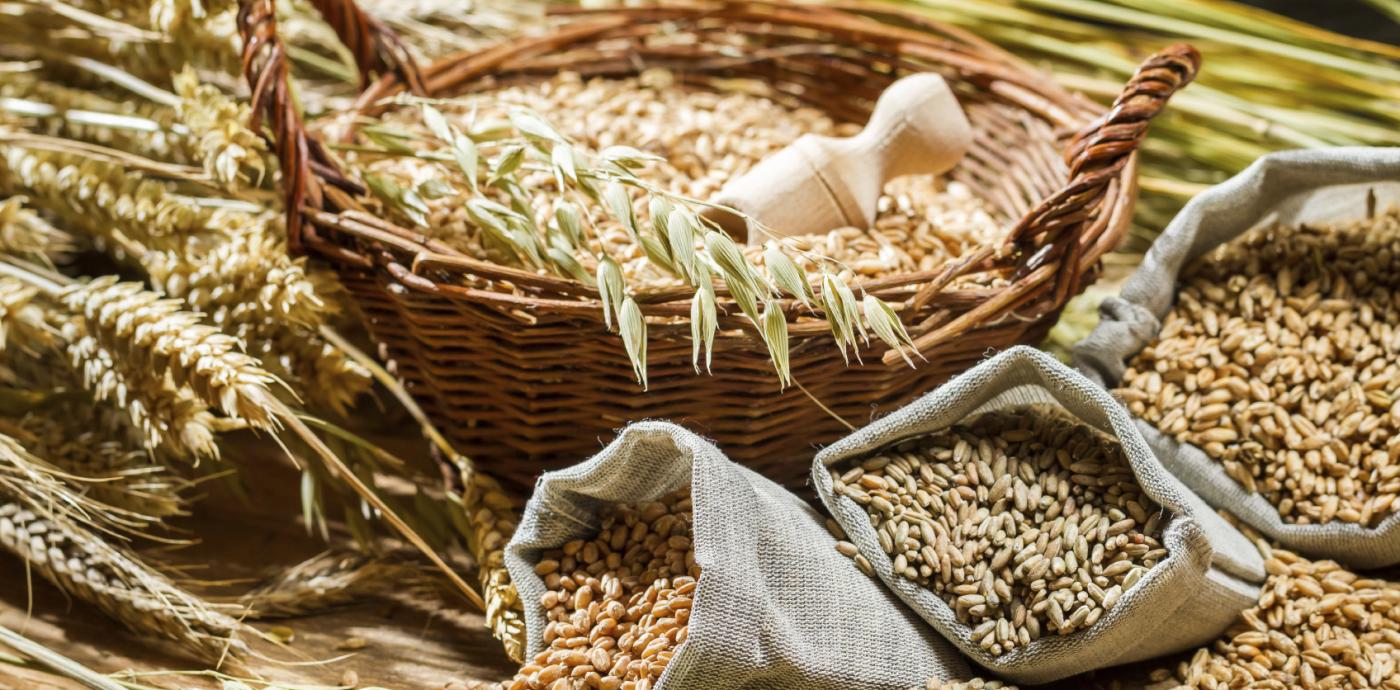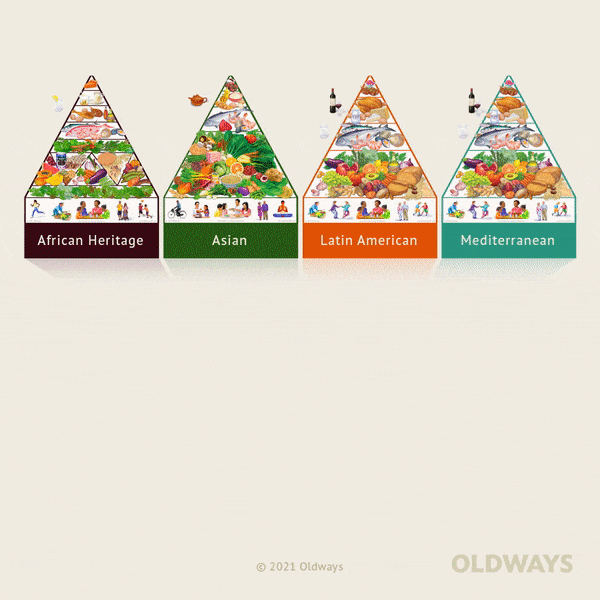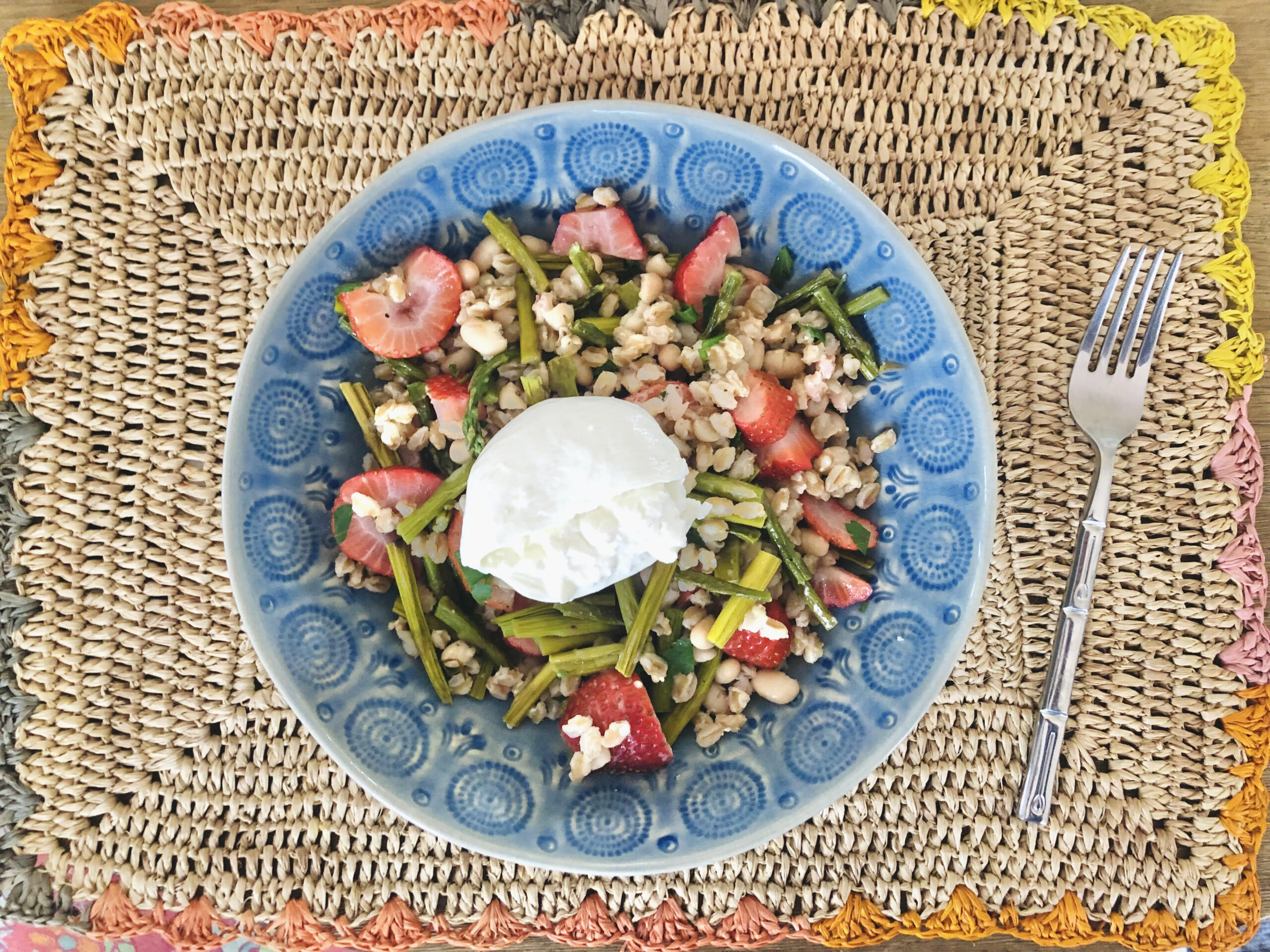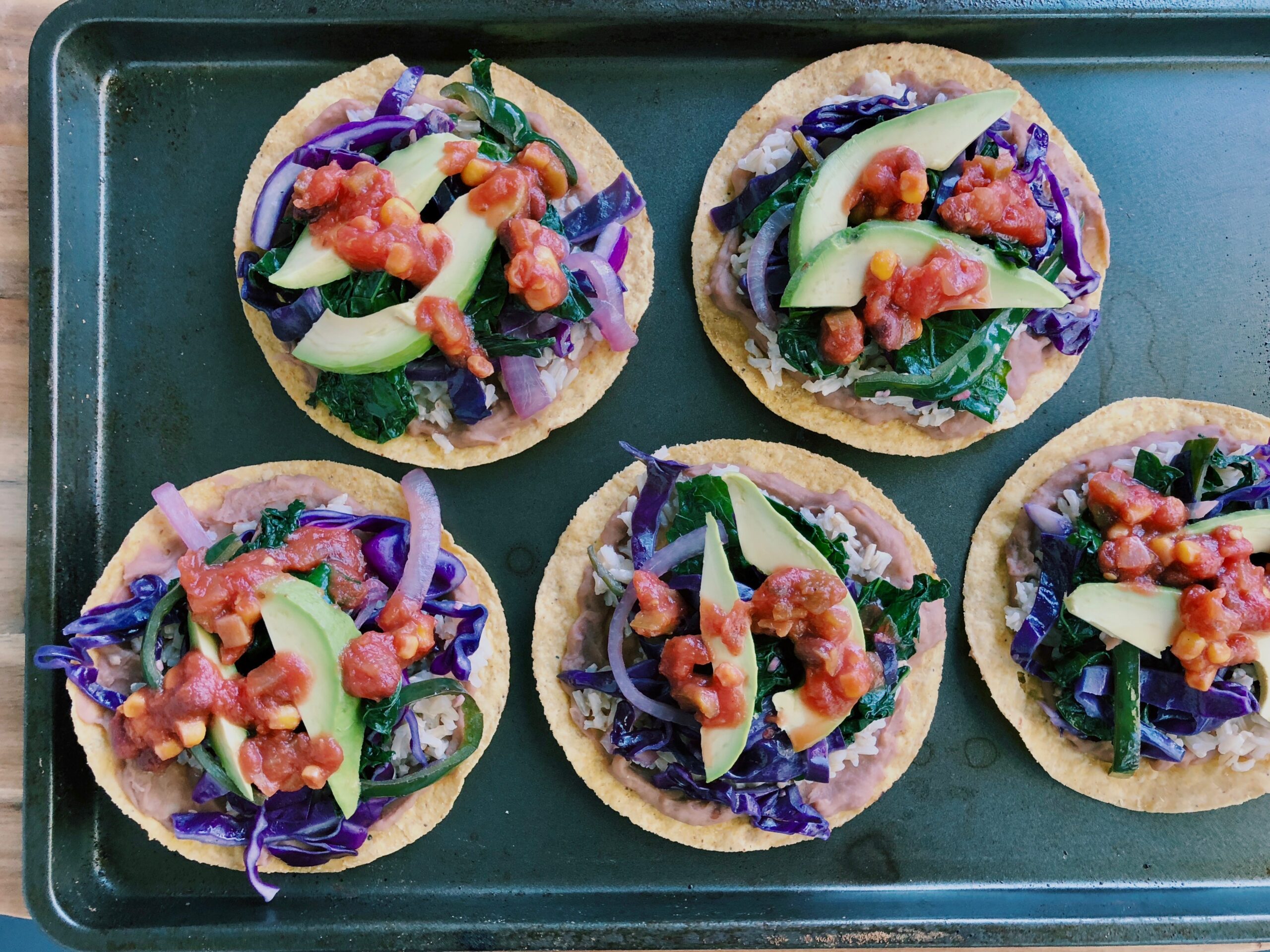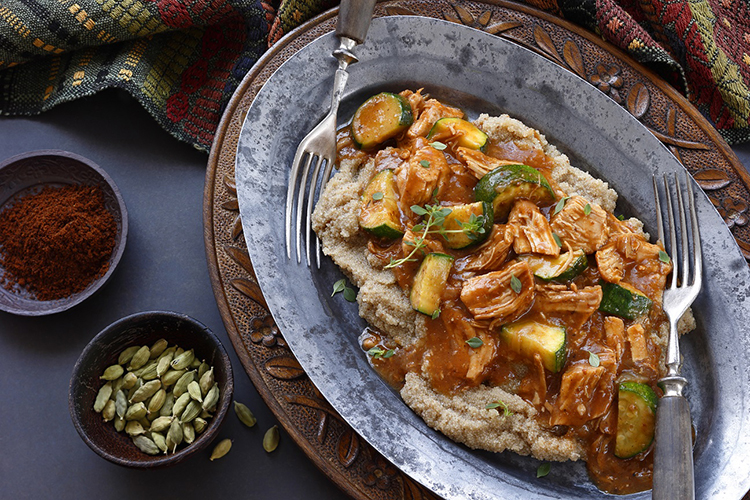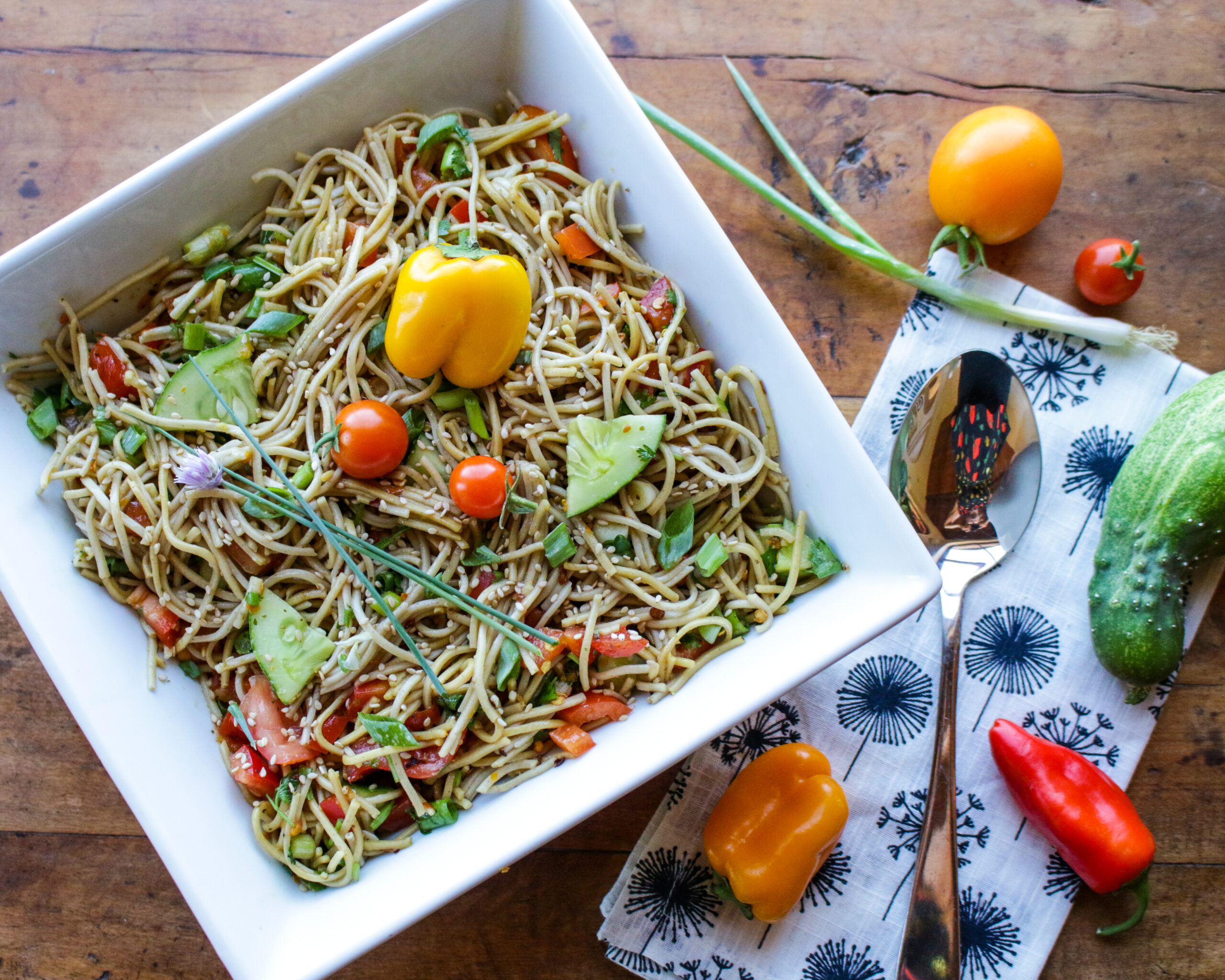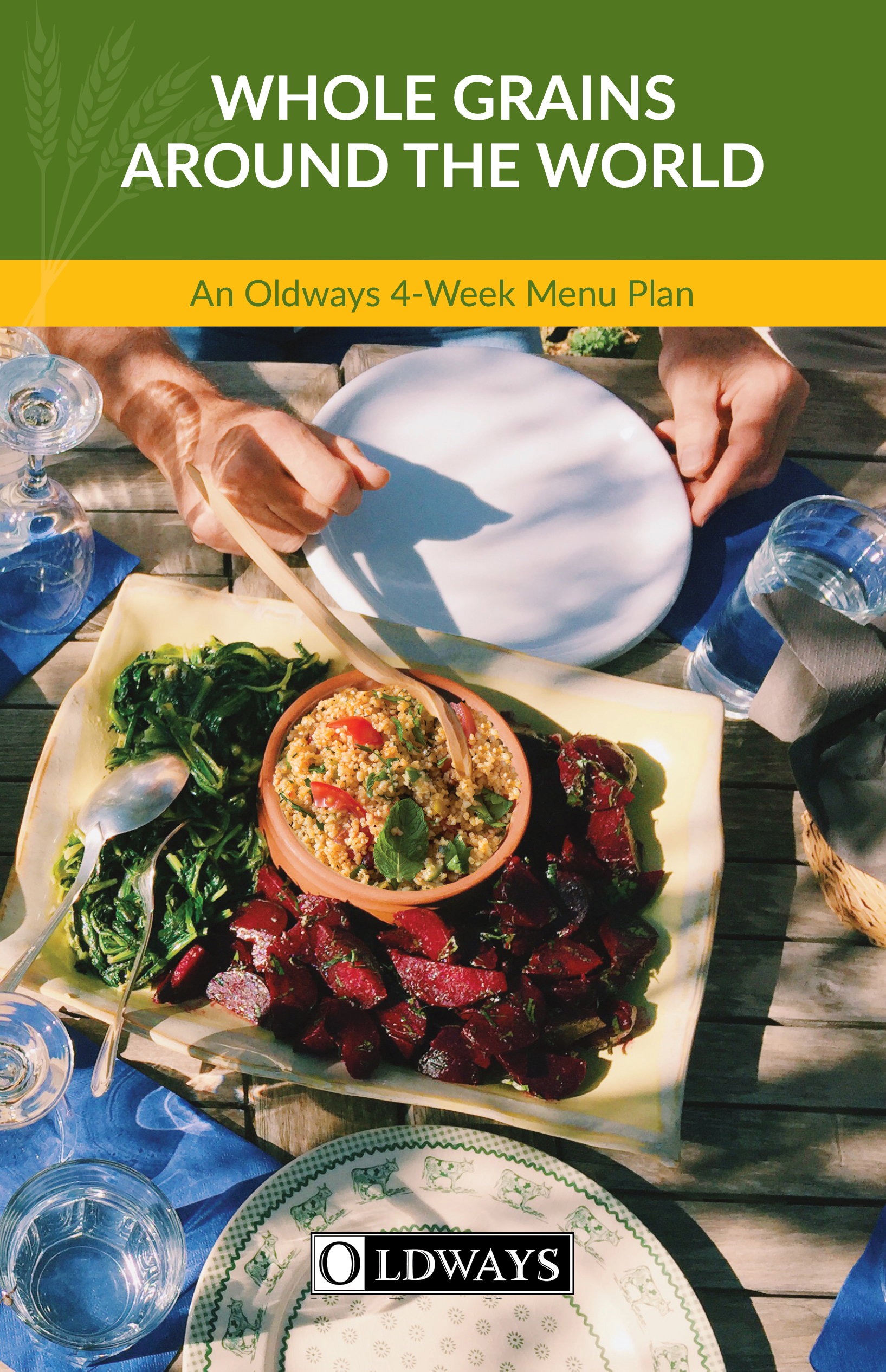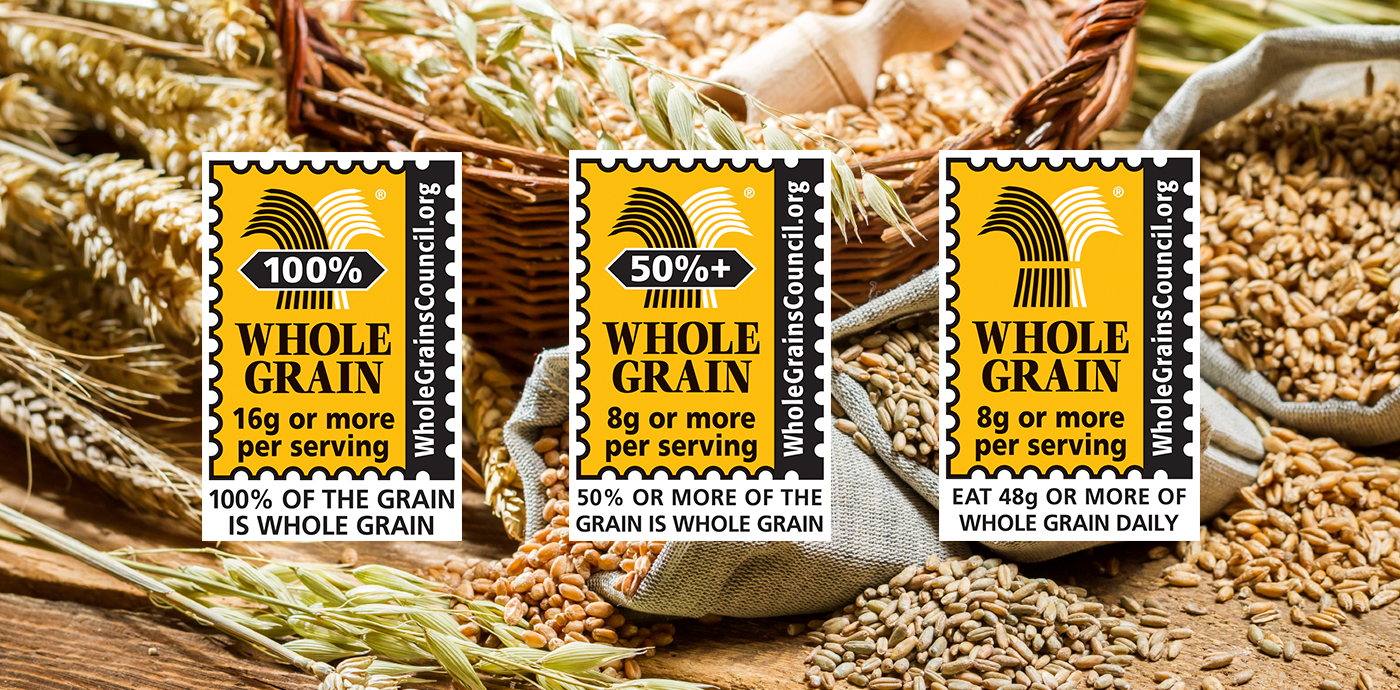When talking about cultures and traditions from around the world, it’s often their differences that tend to take the spotlight, making it easy to forget how similar they really are. The foundation of nearly every traditional diet was built on the goodness of plant foods-fruits and vegetables, whole grains, legumes, nuts, and seeds. So, while preparations vary (sometimes quite significantly) from place to place with the use of local spices, herbs, cooking methods, and plant varieties, there is a lot that traditional heritage diets have in common. And it turns out, whole grains form the backbone of cuisines all over the world.
This means that regardless of where in the world you live, or where your ancestors came from, chances are that whole grains are a part of your heritage. Before refrigeration and irrigation, grains offered several practical advantages over other food groups when it came to storage and cultivation. Cereal grains can be stored at room temperature for months at a time without spoiling and they are easy on the environment, requiring significantly less water than many other crops. This helps explain why they’re a sustainable staple of human existence just about anywhere you look. Even today, grains remain the most important source of food worldwide, making up nearly half of all calories consumed.
Of course, the types of grains eaten in different regions vary from place to place, depending on climate and the species native or adapted to that locality.
In the Mediterranean, barley, rye, and ancient wheats like emmer, farro, and spelt have made their mark. Welcome spring with this Farro and Strawberry Salad!
In Latin America-corn, amaranth, quinoa, and rice dominate the region. Liven up your dinner table this week with these vibrant Wild Veggie Tostadas!
The African Heritage diet is full of delicious whole grains like sorghum, millet, and teff which are all crops especially well-suited for dry climates and drought conditions. For a comforting and satisfying dish try Teff Polenta Ethiopian Chicken Stew.
Asian food traditions include millet, buckwheat noodles (soba), barley porridges, and of course, brown, black and red rices. For a simple and nutritious meal, try out this Sesame Soy Soba Noodle Salad by Sharon Palmer! For a Thai-inspired meal, make this delicious stir fry with sorghum. You can join Sharon, the plant-powered dietitian, on a trip to Thailand in February 2024.
For most of human existence, whole grains-rather than their refined grain counterparts…have been the norm (and many of these traditional whole grain foods remain central to regional cuisines). It wasn’t until the late 1800s that new milling technology allowed the bran and germ to be quickly and efficiently separated from the endosperm giving rise to a global inux of white flour and white rice. What millers and health officials didn’t immediately understand was that refining our grains meant removing about a quarter of their protein, and one half to two thirds (and sometimes more) of a score of their other nutrients including their B vitamins and fiber.
Fortunately, today we have a much better understanding of the huge health advantages of whole grains and we’re watching the momentum for whole grains spread from Latin America to Asia, to Australia, and many places in between. More and more consumers are rediscovering and actively seeking the unrivaled flavor of whole grains.
If you’re looking to incorporate more whole grains into your diet, we encourage you to draw inspiration from culinary traditions all over the world. There are so many delicious ways to indulge in the unique textures and flavors of whole grains. Our Whole Grains Around the World 4-week menu plan book is a great place to start. It takes readers beyond the basics, and offers more than 70 recipes inspired by different heritage diets: Mediterranean, African, Latin American, and Asian. Here at Oldways we like to say, “let the old ways be your guide to good health.”
To find whole grain products in stores, just look for the Whole Grain Stamp! Its eye-catching design makes it easy to spot on food packages and it provides a shortcut for finding products offering at least a half serving of whole grains!
We hope you’re inspired to try a new heritage whole grain recipe this month in honor of National Nutrition Month and Whole Day for Whole Grain on March 29th. Connect with us on social media by using the hashtag #samplewholegrains! We would love to see what you’re cooking up!
Want biweekly Heritage Diet information and recipes in your Inbox? Sign up for our Fresh Fridays newsletter by clicking the Subscribe button at the bottom of this page!


